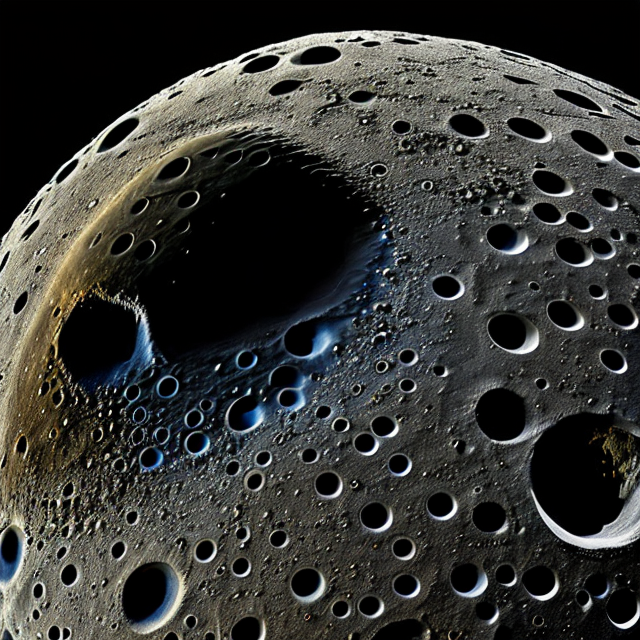|
|
Space Astro
|
Info for exoplanet "Oruma Juref"
| Scientific (actual) data |
|---|
| Name | Kepler-19 c |
| Planet status | Confirmed |
| Planet mass | 0.04122 |
| Orbital period | 28.731 |
| Orbit eccentricity | 0.21 |
| Discovered | 2011 |
| Updated | 2021-02-05 |
| Omega | 23.8 |
| Publication | Published in a refereed paper |
| Detection type | TTV |
| Mass measurement type | TTV |
| Alternate names | 2MASS J19214099+3751064 c, GSC 03134-01549 c, KIC 2571238 c, KOI-84 c, TYC 3134-01549-1 c, WISE J192141.02+375106.1 c |
| Star name | Kepler-19 |
| Right ascension | 290.42° |
| Declination | 37.85° |
| Mag v | 12 |
| Mag j | 10.719 |
| Mag h | 10.375 |
| Star distance | 219.95 |
| Star metallicity | -0.08 |
| Star mass | 0.94 |
| Star radius | 0.86 |
| Star age | 1.9 |
| Star temperature | 5544 |
| Star alternate names | 2MASS J19214099+3751064, GSC 03134-01549, KIC 2571238, KOI-84, TYC 3134-01549-1, WISE J192141.02+375106.1 |
| Wikipedia article | Kepler-19 c |
Back
| |
| Fictional info (?) |
|---|
| Suggested name | Oruma Juref |
| Planet type | Small cold gas planet |
| When viewed from Earth, this proximity to Kepler-19 means the planet can only be seen near the western or eastern horizon during the early evening or early morning.
The carbonyl sulfide has probably photodissociated, and the free formaldehyde has been swept into interplanetary space by the solar wind because of the lack of a water vapor layer. |
| Atmosphere | Formaldehyde | 42% |
| Argon | 35% |
| Carbonyl sulfide | 18% |
| Water vapor | 2.6% |
| Neon | 1.4% |
| Hydrogen chloride | 0.059% |
| Nitric oxide | 0.013% |
| Atmospheric pressure | 30 bar |
 |
| No known satellites |
| Google search for Oruma juref |
|
Website by Joachim Michaelis
|
|
|
|